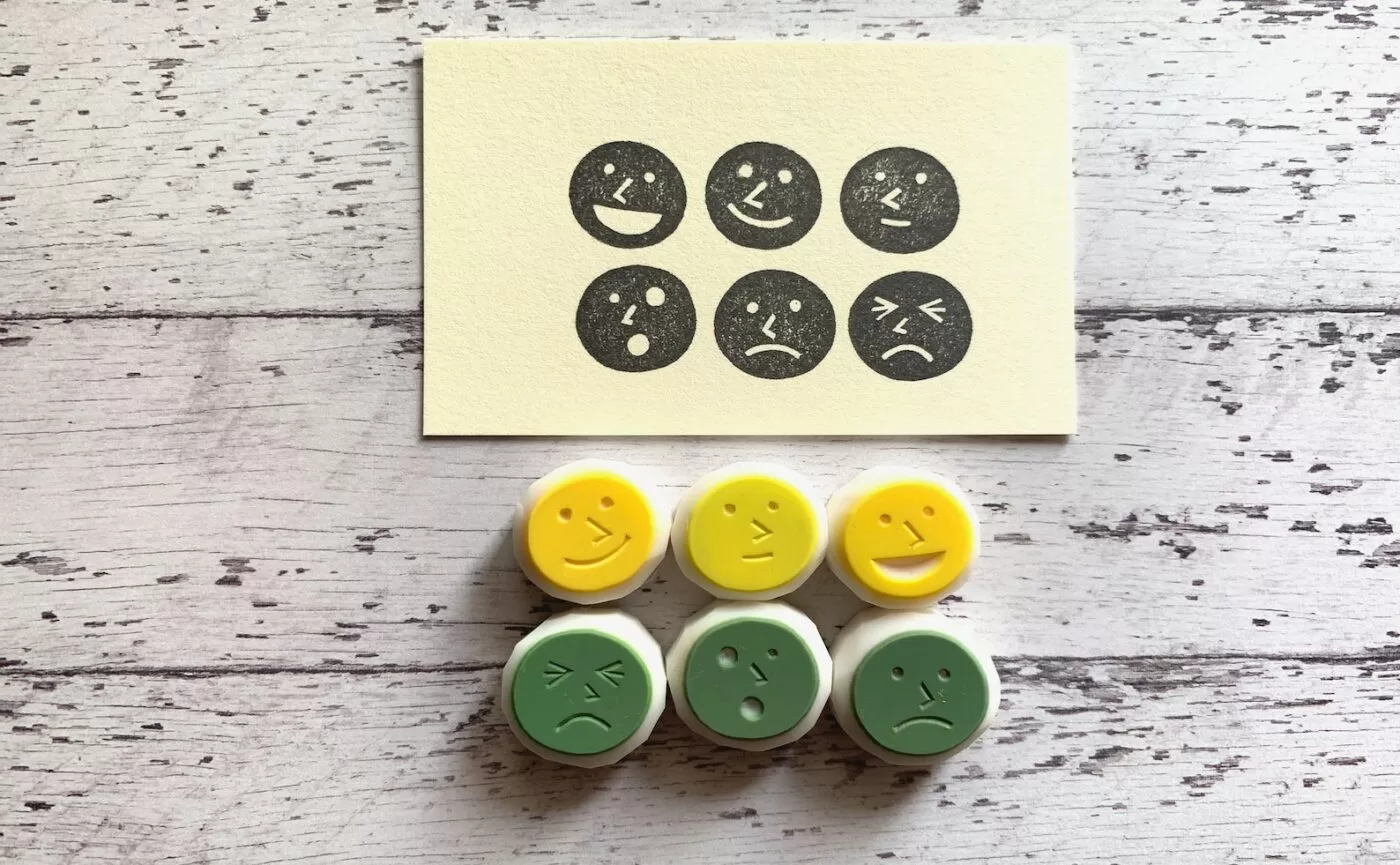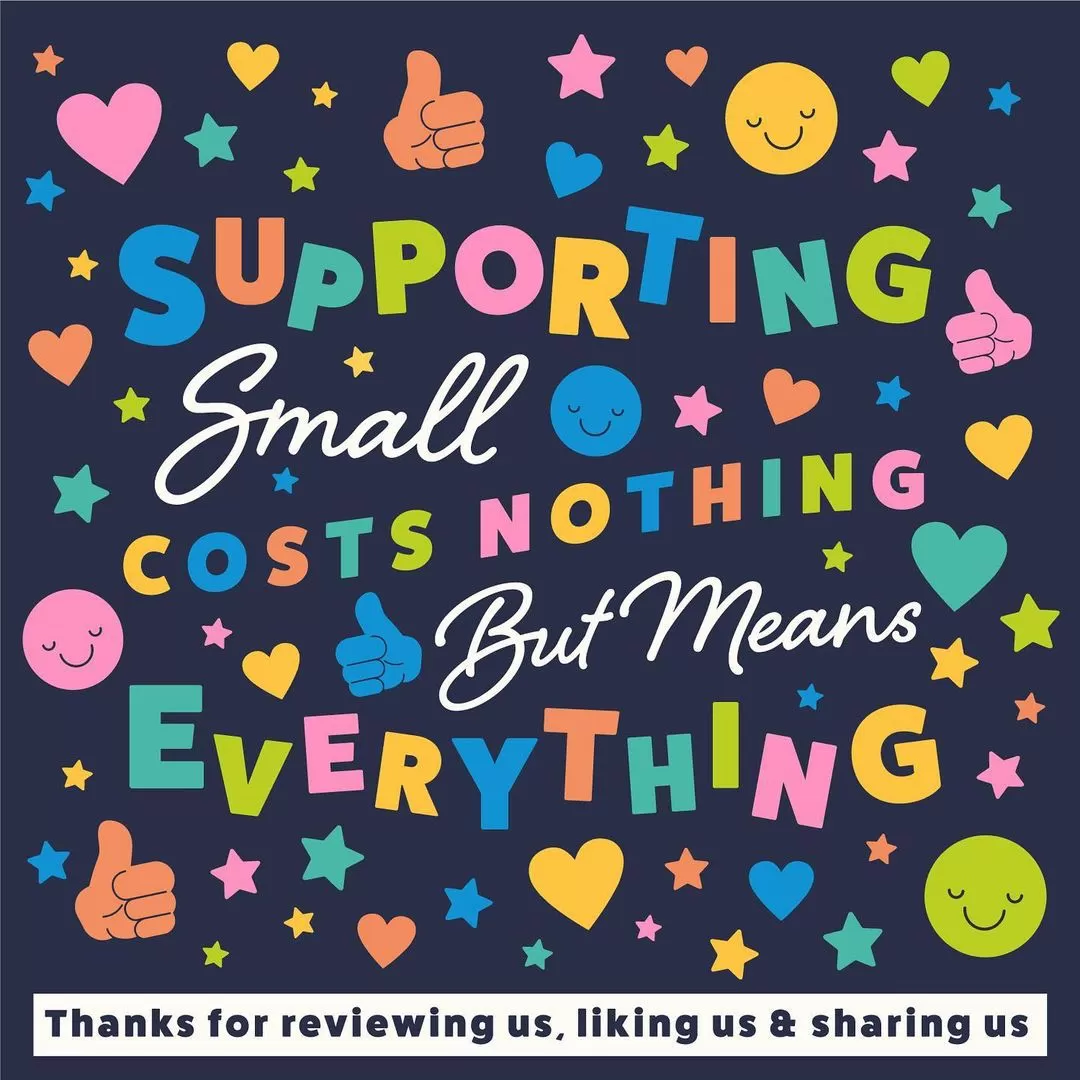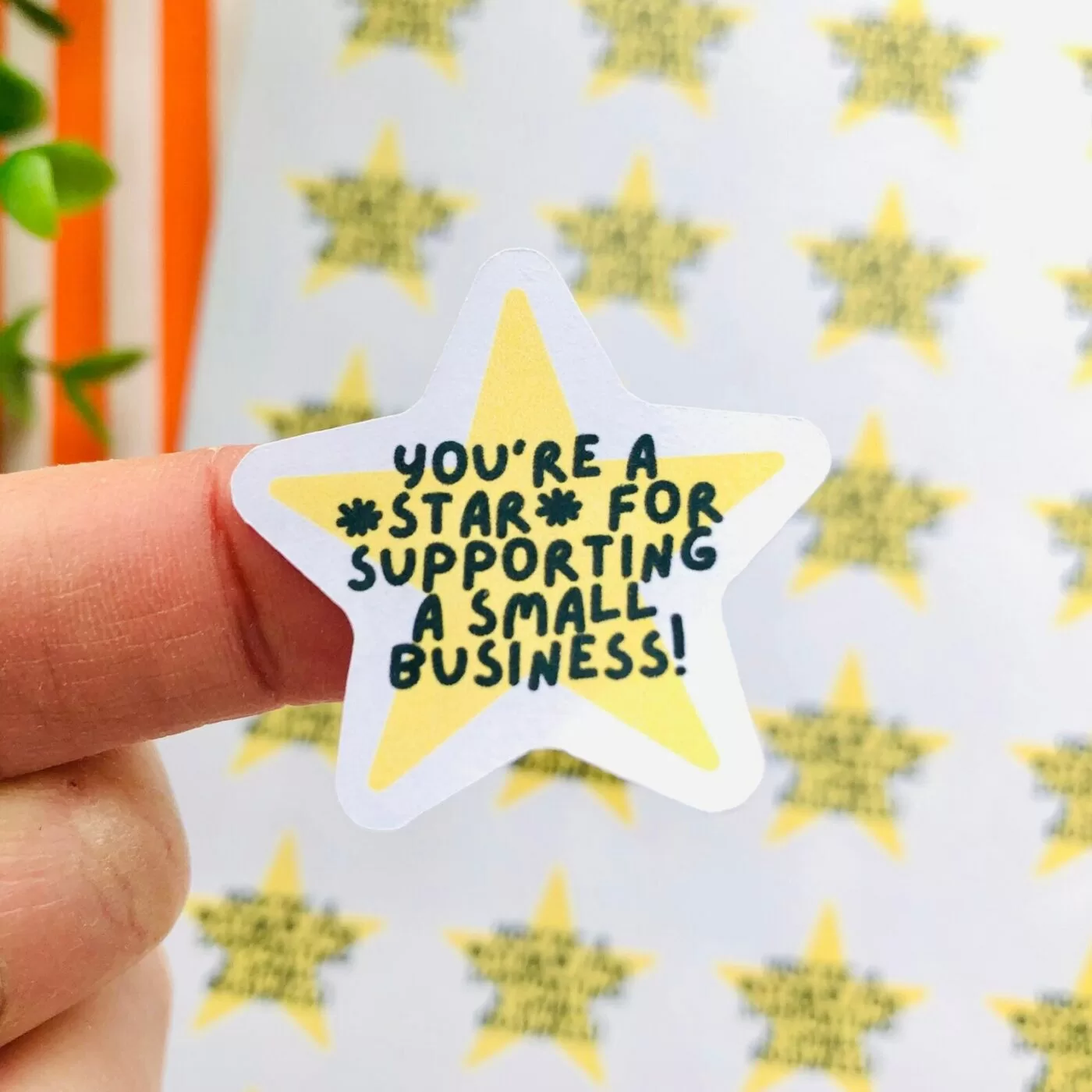

How do I get good customer reviews for my small business (and deal with negative reviews)?
UPDATED 25TH AUGUST 2023
Business reviews have a significant impact on customers’ buying decisions. Learn how to get good reviews through personalised customer experiences and exceptional service — and how to handle negative feedback and improve your offering.

Why customer reviews and ratings are important for your business
Twisted Twee’s founder Suzi did a brilliant job of ‘Reviewing the world’ — where she held up homemade reviews of everyday items and occurrences to point out different facts. So an ‘upturned broken bucket that’s catching the light nicely’ got four stars. But Wagamama using unnecessary amounts of plastic in their take-away packaging got a zero rating. It’s such a clever and creative way to bring alive the idea of giving feedback. But why are reviews important?
Why online reviews matter for customers
The truth is, whether they’re good or bad, funny or frank, reviews matter.
- Reviews give power to the consumer.
- They’re our way of trying to voice our feelings, help brands grow and often, to bring about positive change.
- Since lockdown and the rise of online shopping, reviews count more than ever — especially for small businesses, as many potential customers don’t know us and that’s often how they choose.
There was a time when we had a lot less choice and we’d all go into shops and talk to shop assistants to get advice on which products to go for. Yet things have changed.
How do positive online reviews impact a business?
- Feefo said that products displaying five star reviews are up to 270% more likely to be purchased than those without reviews².
- Plus 92% will only use a local business if it has at least a four star rating³.
- They can also help you get discovered and highlight the presence you have online. Google takes review ratings from a few different sites into consideration when determining which order a business will be ranked in local searches, for example.
- In fact, according to Local IQ’s guide, specific keywords and online reviews influence local search engine visibility more than any other factor⁴.
According to Investp, 90% of consumers now read online reviews before visiting a business. 88% of us trust online reviews as much as personal recommendations and 72% will take action after reading a positive review¹.
How damaging is a bad review?
- Reports show that bad reviews can make a huge impact.
- Two in five consumers surveyed said they have been put off a brand or a retailer they might have shopped with by a single unfavourable review⁵.
- Also bear in mind that some people now change their filters to show the negative ones first as you can often learn a lot more from those than you can the positive ones.
So while we’re all busy focusing on making Instagram Reels or advertising to boost our sales, it might be wise to spend a moment on looking at our reviews instead. That’s why we’re sharing advice on how to deal with negative feedback, the personality-filled ones that get results and different ways to encourage some super positive recommendations from customers. So firstly…
6 ideas to handle negative reviews
After TV ads and search engines, word of mouth is still the top influencer in brand discovery⁶ and shoppers don’t trust brands that have had more than five negative reviews in a six month period.
Bad reviews are costing UK firms an average of £125k a year to put right and almost half of business owners admitted they don’t know how to tackle the negative ones they receive⁷.
So how can you avoid (or at the very least, reduce) them? Here are some tips…


1. Think ‘how can you embrace negative feedback’?
Not knowing what’s irking people can be dangerous to your business. If someone lets you know what they’re unhappy about, you have an opportunity to fix it. This is gold. Feedback is your friend. Or as Levi Roots said on his Conversations of Inspiration podcast episode, “I’ve rebranded failure as feedback”. It might not feel like it when you’re at the end of a long day and someone is giving you grief. Many say we now have a culture of ‘keyboard warriors’ which can be hard to handle but the more you learn, the more you can evolve and perfect your business, and satisfy more customers in the future.
2. How do you handle negative feedback currently? Ask yourself honestly
If something comes up again and again, chances are you need to address it — and the best way to do this is honestly. People tend to be much more forgiving if you just put your hands up, admit to your mistakes in a human way and then work to rectify them. You don’t have to do it all at once… But it’s vital to show you’re trying.
Carlsberg is a great example of this. The brand received continuous feedback that, despite their famous tagline, their lager didn’t actually taste that great. It wasn’t easy to face into this, as changing the recipe was a big gamble and likely to be a costly exercise. Yet they dealt with it head on, made the relevant changes and put out a campaign to address it. The result? They won respect, silenced their critics and sales rocketed in the process.
3. How soon should you respond to reviews? Clue: Respond quickly
Nobody likes being ignored. You might be working hard behind the scenes to fix an issue but unless the reviewer knows this, they might not be best pleased. So move quickly, take action then move on. It’s an effective way to get challenges wrapped up so you can concentrate on growing your business.
Bad reviews are costing UK firms an average of £125k a year to put right and almost half of business owners admitted they don’t know how to tackle the negative ones they receive⁷.
4. With negative reviews, don’t worry about what they said but why
That’s what really matters. Then focus on changing or improving it. This will have a greater impact on your business than getting stuck in the weeds.
5. Take the conversation offline when dealing with negative customer reviews
There’s nothing worse than watching an issue play out in public, especially if there’s emotion involved. Some say the best way to approach negative feedback is to respond privately first, come to an agreeable solution and then respond publicly so others can see you’ve made a difference or resolved it.
6. Avoid surprises: customers like to have all the key information up front
The more people know about your brand, products, policies or services beforehand, the less likely they are to be unpleasantly surprised. Include UGC imagery as well as words if you can (especially for higher price point items), and share information to give an accurate idea of scale / realistic delivery times or anything else that might help.
The more people know about your brand, products, policies or services beforehand, the less likely they are to be unpleasantly surprised.


How to get good customer reviews
Okay so enough of the bad news. Good reviews can take a brand from being so-so to supersonic — and for small businesses, they mean the world. So how do you encourage five star fantasticness from customers?
1. To ensure positive reviews, how do you give customers what they want? Ensure great service
Great service that exceeds expectations, a brand that customers will want to align themselves with — and remain loyal to — and products or services that are truly one-of-a-kind and fairly priced.Get this right and you’re halfway there. You might be thinking, “If only it was that easy!” Yet often, as founders, we can get caught up in, or sidetracked by, other elements of our businesses. If we stick to this recipe, people will have less reason to complain.
2. How do you demonstrate your brand personality to customers? Show your humanity
Yes, you need to be professional — especially when dealing with someone who is angry or disappointed for some reason — but people will always appreciate the human touch. You can even turn them round to end up being positive. Don’t forget to have fun. Make it easy for customers to remember you and review you well. Personalise their experience as much as possible. Avoid jargon. People can be turned off by stock responses. Add emojis to your copy if/where they feel relevant for your tone of voice.
Similarly, many brands have won loyal fans by using a touch of humour (when appropriate) to respond to them. American dictionary company Merriam-Webster did this brilliantly in response to claims that they were boring. They posted this image below on their social media with the caption, “We save all our hardcore, heavy metal content for Thursday afternoons”. It’s warm, witty and helps prove their haters wrong…
Don’t forget to have fun. Make it easy for customers to remember you and review you well. Personalise their experience as much as possible.
3. How to ask (and get) good customer reviews? Invite the feedback
On one of Holly’s Insta Lives, there was a great piece of advice from @woodenyoulove1 who suggested that when you’re asking people to review you, it’s a good idea to ask leading questions such as, “Where did you hear of us?”, “How does the product or service make you feel?” And so on. This is smart as it encourages people to go beyond the obvious and talk about every part of their customer journey, not just the product itself, which will help others in more ways than one.
You could include a QR code that would take someone directly to leave feedback or add a ‘Please leave us a review’ sticker to your packaging, for example. Alternatively, you could offer an emotional incentive for doing so: showing that they talked and you listened, and that thanks to their review, something has changed.
4. What is ‘presuming positive intent’? Reading the good into what people say
With written reviews, it can be incredibly difficult to tell the intended meaning behind the words when they’re lying there, cold on a screen. Especially if you’re in a negative mood when you read them. Plus you don’t know the many things that might have happened to the reviewer that day before they sent it. There may have been anger building up for all sorts of reasons and it spilled out into the review, making the situation sound far worse than it was. Therefore, the best approach is often to presume positive intent. Be empathetic, take the emotion out and reply with grace. There are also times when ‘killing someone with kindness’ can really help.


5. Why should you respond to positive reviews? Making a connection counts
Responding to positive reviews not just negative ones is one of the best ways to reinforce positive behaviour so that people are more likely to do it again. It shows people that their effort was worthwhile, it validates and endorses the spreading of sunshine and most importantly, it makes people feel lovely inside. It’s such a simple task but so many brands don’t find time to do this. Are you responding to yours?
6. Why is it good to review other small businesses? It’s good business karma
Start believing in ‘review karma’. This is where the saying, “Treat others as you would like to be treated” comes into play. If you are hoping for lots of positive reviews yourself, then start reviewing as many small businesses as you can. Who has provided exceptional service and in what way? Whose products were you especially impressed by and why? Show the ‘reasons to believe’ and be as specific as you can. It’s often these kinds of write-ups that carry the most weight for others as they provide a detailed perspective. The more we can support each other, the greater the benefits will be for our whole community. May you receive all the golden stars you deserve.
Customer reviews: key takeaways:
Reviews can have the power to make or break a business, so it’s worth spending some time dealing with the bad ones and encouraging the good.
1. Harness the power of reviews to influence buying decisions:
This helps establish trust in businesses.
2. Address negative reviews head on:
Stop them putting off potential customers as quickly as possible.
3. Turn negativity into opportunity:
By effectively addressing negative reviews you can resolve issues, and even turn dissatisfied customers into loyal supporters.
Sources: 1. Investp infographic on online reviews 2. Feefo on customer reviews 3. Investp infographic on online reviews 4. Local IQ’s reviews and small businesses 5. Business Leader cost of bad reviews 6. Data portal report on brand discovery 7. Business Leader cost of bad reviews
Images: Review cards — by Twisted Twee, Rubber stamps — by Talk To The Sun, Star wooden sign — by Modo Creative, ‘Don’t Forget To Have Fun' gravestone — by Mr Bingo, ‘Supporting Small’ illustration — by JJ Illustrates, ‘You’re A Star’ stickers — by The Tipsy Turnip Shop
Related content
MORE ARTICLES ON SOCIAL & EMAIL


How can video marketing help your business?

How to use Pinterest for business

Gord Ray’s top tips for using Instagram for business

How small businesses can use social media more mindfully

How to grow your email subscribers list
Be the first to know
Sign up to our emails for brand new small business gift and homeware ideas, as well as the latest creative inspiration, delivered straight to your inbox.
